Introduction: Using Technology to Improve Learning
In a golden age marked by fast technological advances, a union of education and technology has started a wave of change in classrooms throughout the world. The outdated model of education, which is limited to textbooks and lectures, is being expanded by new technology tools that bring in a fresh generation of improved learning experiences. This blog post will take you on a challenging journey to discover How to Use Technology to Maximise Learning in the Classroom
The Role of Technology in Education
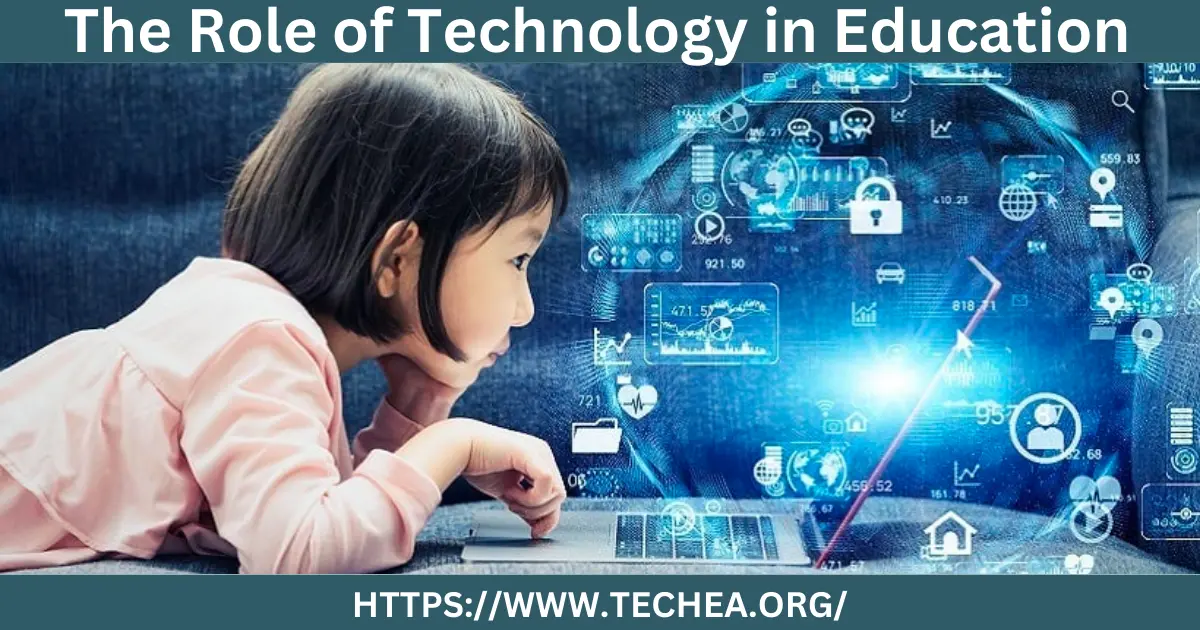
The Changing Educational Environment
The educational environment has seen some major changes in recent years, mostly due to the organisation of technology. While the chalk-and-talk method is old, it has been improved by interactive whiteboards, which introduce classes with bright, eye-catching characteristics, attracting students’ attention and growing their understanding levels. This change in focus is about using outdated methods with modern technology to create a complete and enjoyable learning experience of the natural world.
Making adjustments to Today’s Educational Needs
The beauty of technology lies in its adaptability to various learning styles. It addresses the diverse needs of auditory learners through podcasts and audio materials, appeals to visual learners with graphics and videos, and caters to kinesthetic learners through interactive simulations. This adaptive approach ensures that no student is left behind while fostering an inclusive learning environment that celebrates individuality.
Types of Educational Technology
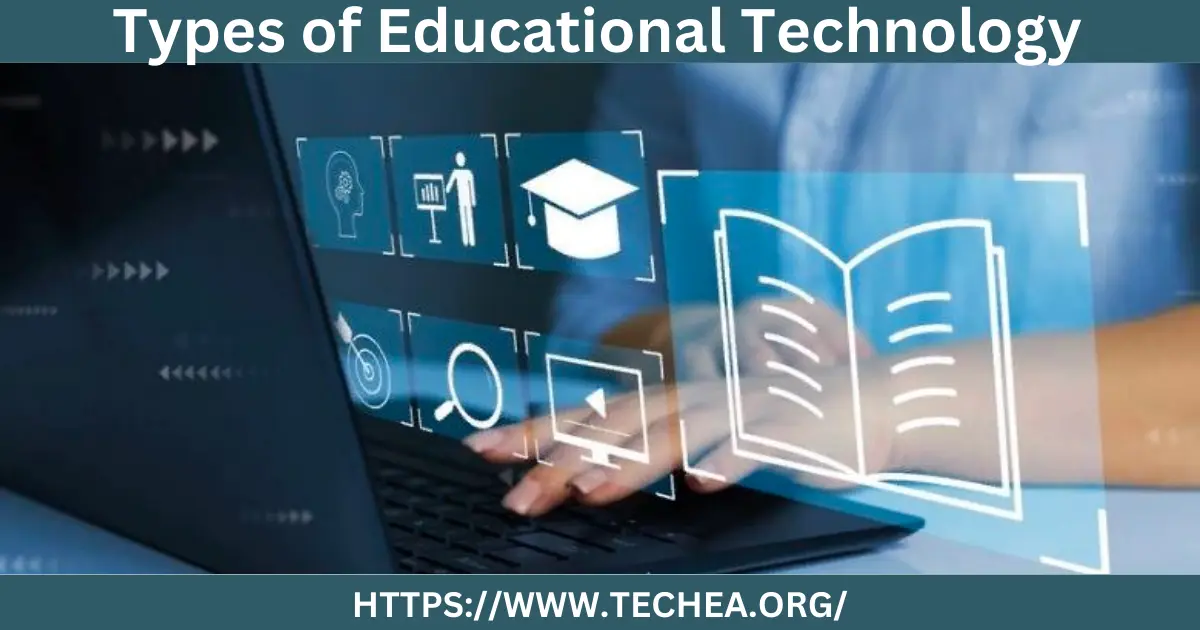
Interactive Whiteboards: Engaging Visual Learning
The beauty of technology is its range of applications for different learning styles. It meets the different demands of learners who listen through podcasts and audio materials, students who learn through images and movies, and students with kinesthetic senses through interactive games. This responsive strategy guarantees that no student falls behind while also founding an inclusive learning atmosphere that values uniqueness in their work.
Personalised Learning at Your Fingertips with Tablets and Devices
Personalised Learning at Your Fingertips with Tablets and Devices
The increasing number of tablets and gadgets has made personalised learning a genuine possibility. These gadgets transform into personalised teachers, focusing on information for specific learning speeds and styles because of the extensive range of educational apps. Tablet incorporation encourages students to take control of their learning path, transforming education into a mutually beneficial relationship between technology and the learner.
Educational Apps and Software: Play-Based Learning
Educational applications and software use the fundamental human need to play in order to promote learning. Gamified components, quizzes, and active challenges make learning an entertaining journey. Students are rewarded with a sense of success when every success is achieved, which feeds motivation. This combination of education and play not only promotes knowledge but also develops a love of learning that goes beyond the classroom.
Online Learning Platforms: Accessible Knowledge Sharing
Online learning platforms have democratised educational access. Students are no longer constrained by physical limits because the world of knowledge is now only a mouse click away. Online classrooms, message boards, and video lectures pass internationally, allowing for international teamwork and idea sharing. This online interaction promotes a feeling of shared learning across cultures and countries.
Benefits of Using Technology in the Classroom
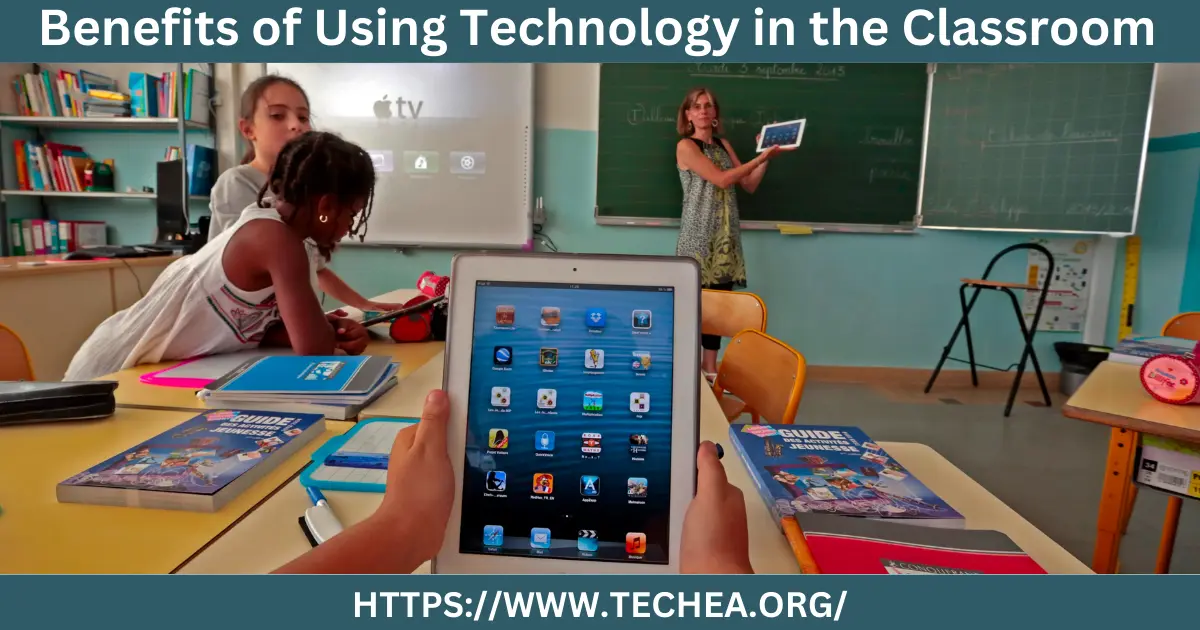
Boosting Engagement and Participation
The attractiveness of technology currently lies in its ability to attract and maintain students’ attention. Engaging elements, multimedia presentations, and real-time feedback add interest to learning, removing the feeling of boredom that frequently comes along with traditional classroom instruction. Active participation not only improves knowledge but also promotes a passion for learning that continues beyond the classroom.
Making changes to Learning Experiences
Listening to each student’s unique learning style can be a difficult challenge in a fluctuating classroom. However, the flexibility of technology helps educators fill this gap. Flexible learning systems investigate student performance data to determine strengths and weaknesses and then automatically modify the syllabus to meet each student’s requirements. This specific technique not only improves understanding but also improves student confidence.
Improving Practical Skills for the Internet Generation
The digital age has made technology the foundation of society, making knowing how to use it an important life skill. Students gain practical skills that are important in today’s workforce through the integration of technology into their educational programmes. Proficiency in word processing, data analysis, and internet research is no longer optional; rather, they are essential skills that enable students to confidently navigate the world of digital technology.
Techniques for Highly Effective The use of technology
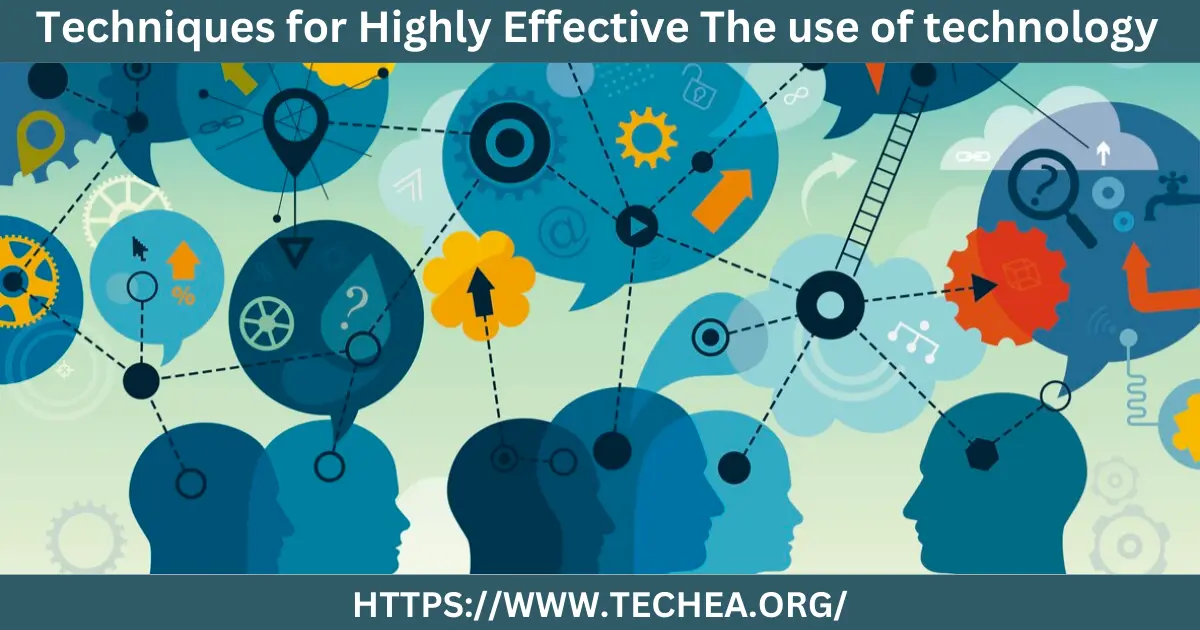
Linking Technology with the Goals of Learning
The application of technology must be done intentionally rather than by chance. Educators must carefully connect technology use with educational goals in order to guarantee a healthy relationship between subject matter and technologies. This carefully planned approach keeps technology from overshadowing the educational material, maintaining instructional goals while improving its delivery.
Blended Learning: The Best of Both Worlds
The method of blended learning, which includes standard and digital methods of instruction, provides an organic mixture of techniques. By mixing online components and virtual discussions, instructors take advantage of technology’s availability while maintaining the engagement of face-to-face discussions. The combination of modes responds to students’ different tastes while also optimising understanding through multimodal communication experiences.
Flipped Classroom: Promoting Learning that Focuses on Students
The regular classroom interaction has been changed by the flipped classroom. Students work independently on educational content, opening up classroom time for teamwork, discussions, and problem-solving. This role mismatch promotes self-directed learning by helping students take control of their education while instructors serve as facilitators and mentors.
Online Teamwork Projects: Learning Without the Classroom
Technology expands the classroom without its physical controls. Teamwork online projects pass through international borders, allowing students to team up with classmates from all over the world. From interactive research projects to cross-cultural interaction discussions, technology promotes global awareness and improves students’ views, preparing them for a world that is interconnected.
Overcoming Challenges and Concerns
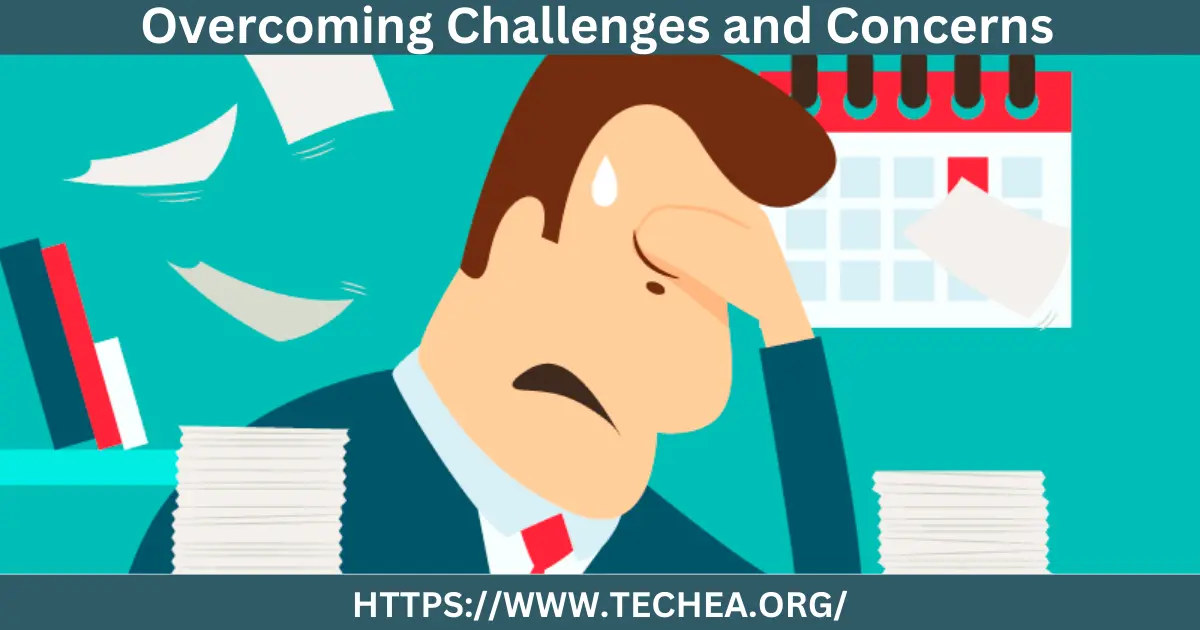
Balancing Screen Time and Productivity
The age of technology presents the problem of successfully reducing screen time. To avoid digital weariness, educators must find a balance between technology-based learning activities and offline duties. Facilitate physical exercise and interactions with one another to guarantee that technology improves rather than replaces conventional methods of participation.
Creating Technological Rules to avoid distractions
The attraction of technology can lead to distractions at times. Educators may help young people handle this challenge by teaching them the importance of creating digital rules. Techniques like the one known as the Pomodoro method, which combines focused work periods with explained breaks, might help students maintain focused concentration and work efficiency while taking advantage of technology.
Best Practises for Maximising Learning with Technology
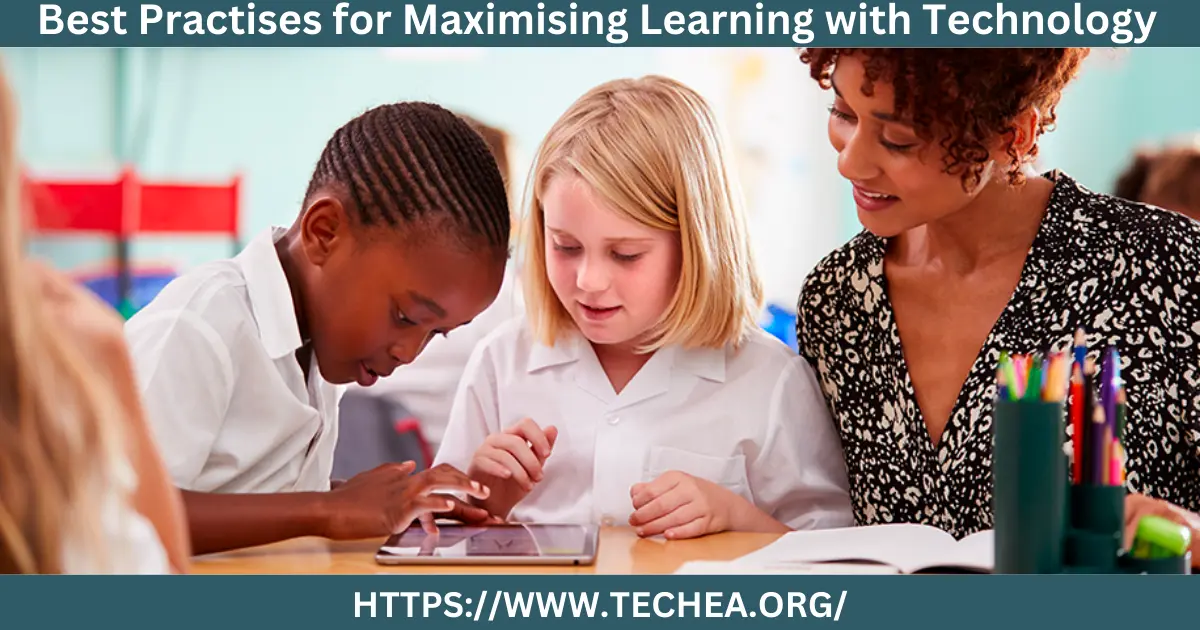
Finding Excellent Digital Resources
The vastness of the internet features both riches and horrors. Educators have an important function in guiding kids to trusted digital resources. Teaching students the importance of analysing online content for truthfulness and relevance promotes their knowledge of technology and prepares them for success in the information sea.
Improving Effective Critical Thinking Skills in Online Study
Technology provides an excellent chance to develop advanced analytical skills. Educators build an important approach to online research by developing tasks that challenge students to analyse digital sources for partiality, reliability, and correctness. This ability is useful outside of the classroom as students navigate a digital world that is full of information and misleading information.
Promotion of Digital Citizenship and Responsibility
Understanding the importance of digital citizenship can be helpful for understanding the internet-based realm of reality. Professional educators must model suitable behaviour on the internet for the students, teaching them the value of intellectual property, the correct citation, and treating people with compassion and understanding in the world of digital communication.
Teacher Professional Development

Lifelong Learning: Keeping Up with EdTech Trends
The use of technology in education demands instructors’ determination to promote lifelong learning. It must be maintained to keep up with evolving technologies for education in order to fully realise its educational potential. Conferences, seminars, and online courses allow educators to stay up-to-date on the newest trends, share thoughts, and work together on novel solutions.
Workshops, Webinars, and Online Resources
For educators searching for growth in their profession, the world of technology provides a wealth of tools. Workshops and webinars allow for hands-on learning and contact with professionals in the subject. Educational blogs, forums, and social media groups facilitate continuing discussions, idea sharing, and solving problems, resulting in a global community of educators united by their commitment to improving learning through technology.
Connectivity of All Technologies

Tools for Easy Access: Helping Every Student
Technology has the opportunity to break down challenges for disabled students. Screen readers, speech-to-text software, and alternate input techniques help students access and engage with material on their own terms. This all-inclusive approach focuses on the idea that every student possesses the right to equal access to educational opportunities.
Creating Open to All Tech Experiences with Universal Design for Learning
Universal Design for Learning (UDL) represents the concept that one should create sufficient evidence as well as experiences that are relevant to changing students. Educators guarantee that technology serves all students, regardless of their talents or learning styles, by structuring classes that suit different learning preferences. UDL provides an atmosphere in which all students are able to thrive and achieve success.
Future Trends in Educational Technology
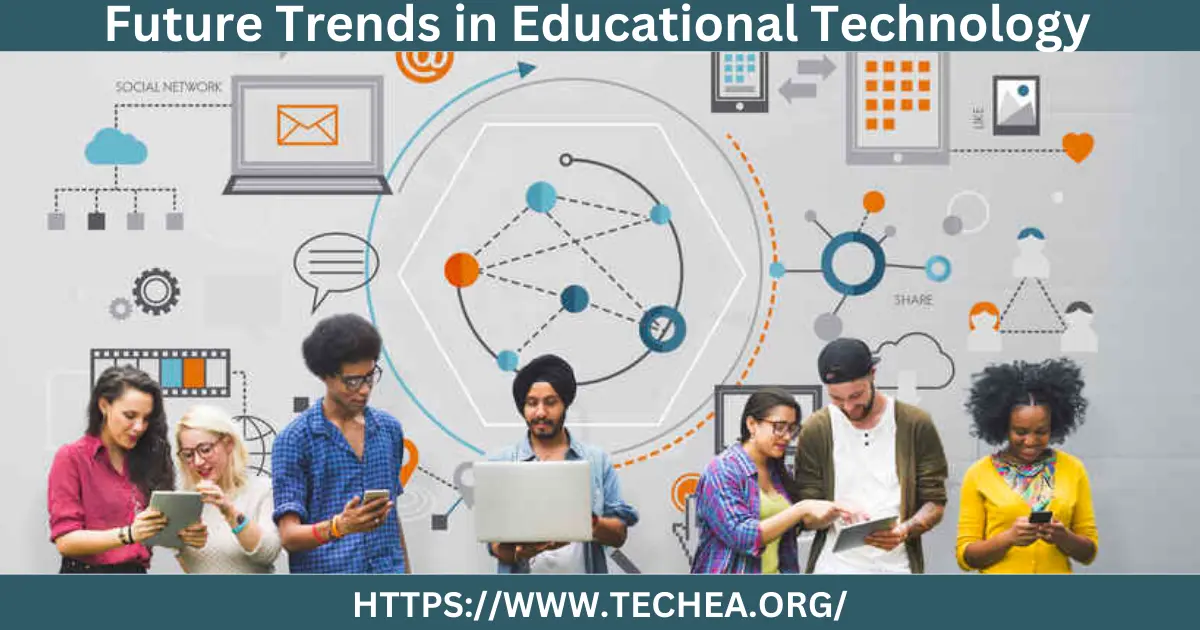
The Use of Virtual Reality in Education: Opening New Worlds
Virtual reality (VR) has the potential to completely change education. Students can investigate historical events, travel to exotic regions, and conduct difficult experiments using immersive modelling techniques and virtual field adventures. VR transfers learning from the classroom to the universe, providing interactive education that inspires passion and sparks an ongoing appreciation of understanding.
AI-Powered Learning: Affordable Personalised Education
Artificial intelligence (AI) has the opportunity to fundamentally change education. To create personalised educational routes, AI systems analyse student performance data. This particular method optimises learning by making sure that each student grows at their ideal rate and receives helping hands where they are most needed.
Gamification: Making Learning Irresistibly Fun
Gamification adds an interactive sense to learning, making it an enjoyable experience. Educators promote interest and motivation in learning by using game-like elements such as awards, badges, and challenges. Gamification boosts self-motivation and a growth attitude in students, motivating them to take on challenges and see learning as a journey of knowledge.
Ethical and Privacy Considerations

Student Data and Privacy Protection
The age of digital technology brings with it new ethical responsibilities, none more important than protecting student data and privacy. Educators and institutions must develop strict data protection rules, deploy powerful technological solutions for encryption, and guarantee safe data storage and transfer. Educators demonstrate their commitment to promoting a secure and trustworthy educational environment by securing information about students.
Promoting Responsible Tech Use
Educators have an important task in educating students to appropriately handle the world of digital media. Educators must promote the use of technology in addition to knowledge of technology. This includes educating children about their digital rights, the importance of online respect, and the potential effects of their activities. Students who have this understanding become ethical and responsible digital citizens.
Parental and Community Involvement
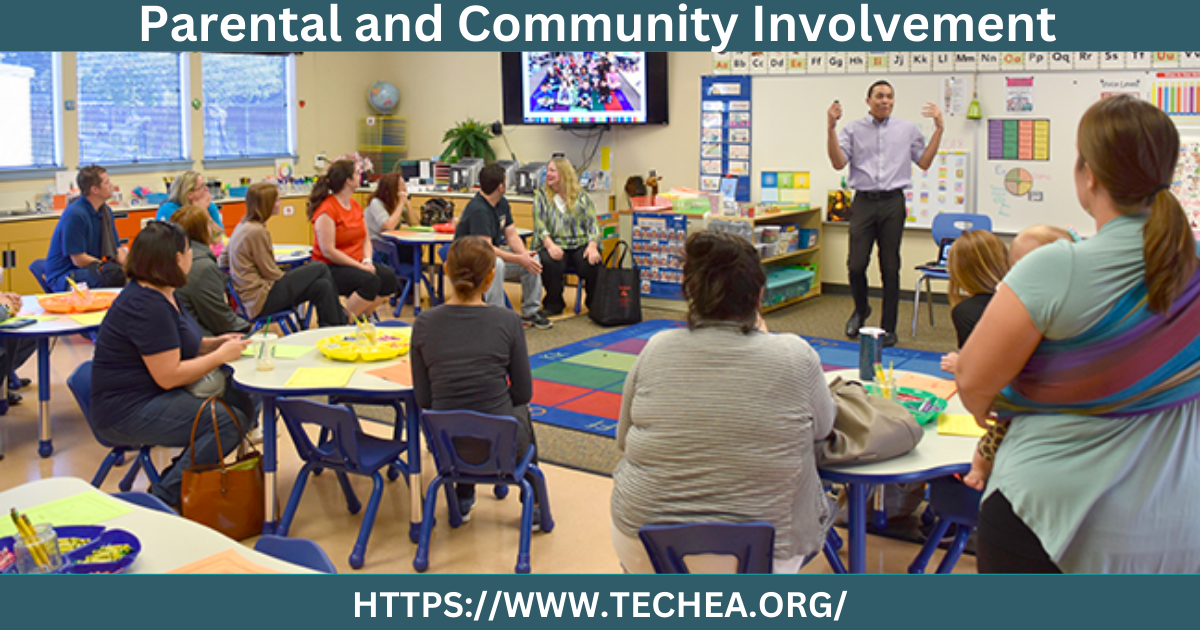
Building Relationships Between the Classroom and the Home
The use of technology goes throughout the classroom and has a negative effect on parents and community members. Educators can interact with parents by giving information on how technology improves learning. Regular communication through newsletters, seminars, and meetings with the teacher and parent keeps parents understanding and active in their child’s education, building a partnership in the classroom.
Showcasing Student Tech Projects in the Community
Technology projects provide students with a one-of-a-kind opportunity to make a difference in their surroundings. Student-created digital project exhibitions and presentations bridge the gap between the classroom and the community. Exhibitions like these highlight the achievements of students, promote engagement with the community, and inspire discussions about the transformational role of technology in education.
In our last post, we discussed the growing popularity of interactive teaching technologies. Now, let’s look at the real-life implementations of these advancements, with a particular focus on the TechDrift SmartBoard.
Frequently Asked Questions (FAQs) about How to Use Technology to Maximise Learning in the Classroom
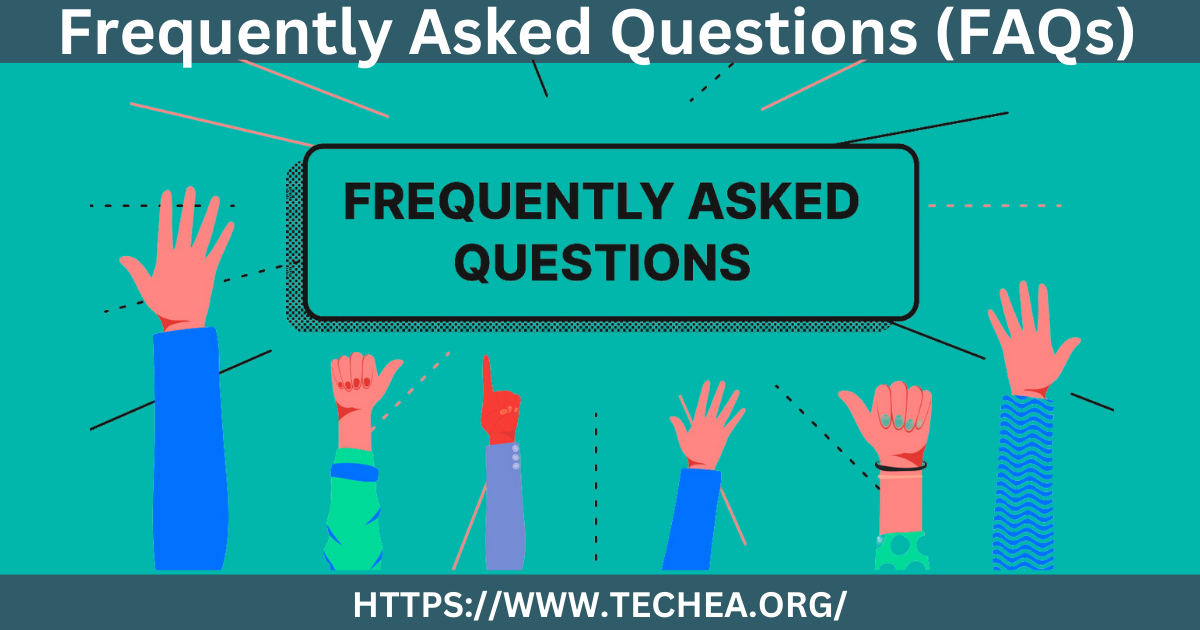
How can technology improve classroom learning?
Technology improves learning by engaging students with active material, understanding different learning styles, and offering access to a variety of knowledge that is not available through conventional approaches to learning.
How can technology help personalise learning?
Technology helps students learn in an adaptive manner, which adapts educational programmes to the unique advantages and challenges of individual classroom students. Personalization improves understanding and allows students to learn at their own speed.
What role does blended learning play in modern education?
Blended learning combines in-person instruction with online resources, offering flexibility and personalised learning. It maximises interaction and provides opportunities for self-directed study.
How does technological advancement affect educational accessibility and inclusion as well?
Technology allows for the introduction of tools that are accessible, like screen readers, and the support of Universal Design for Learning (UDL), guaranteeing that all students, including those with problems, may participate successfully.
What are the ethical considerations for educational technology?
To make sure all students have access to the benefits of technology, ethical considerations include maintaining student data, supporting responsible technology usage, and focusing on inequality in the use of technology.
Conclusion: Using Technology to Improve Learning
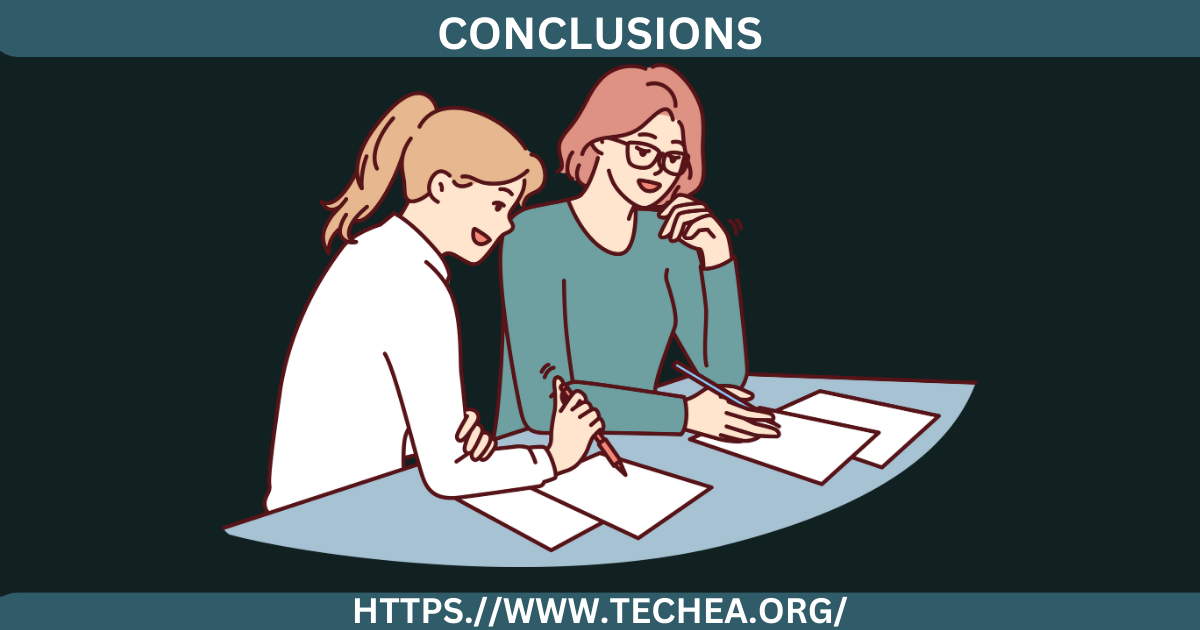
Knowing how to maximise learning through technology is a never-endingly exciting experience. Educators are able to transform the educational environment by intentionally and effectively using technology. Educators may increase participation, analytical thinking, and engagement with technology by using interactive whiteboards, personalised tablets, gaming for applications, and other resources at their disposal. This journey extends throughout the educational institution’s walls and includes community members, parents, and those with a common goal to provide children with the skills they require to become successful in an ever-changing digital future.
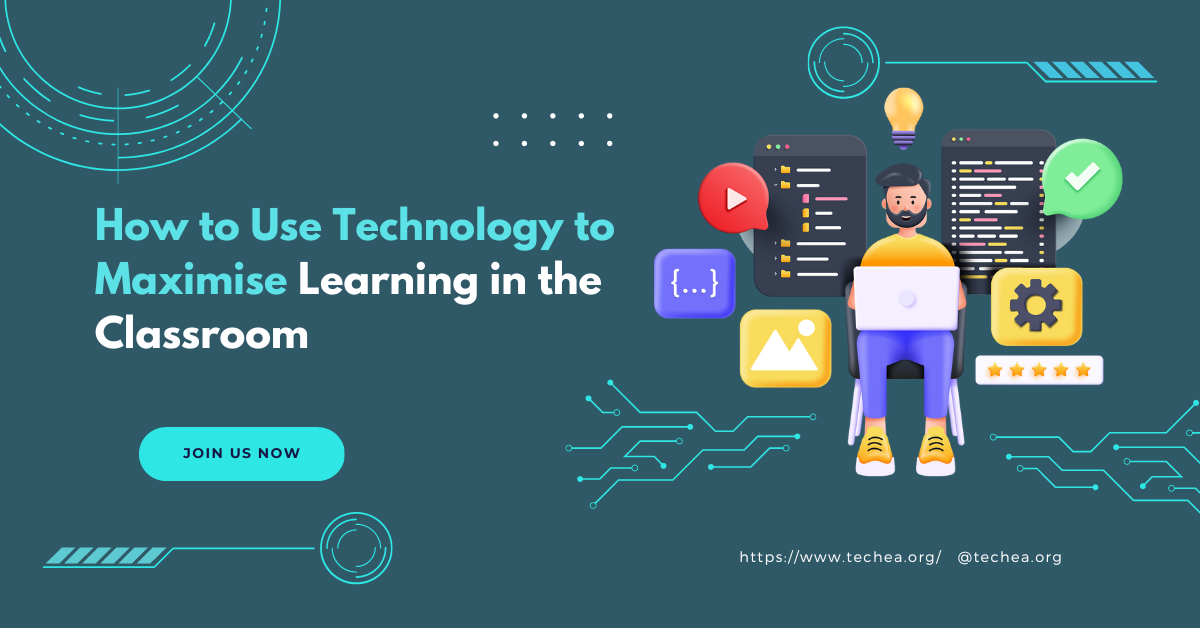

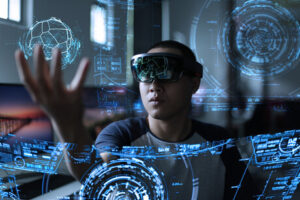



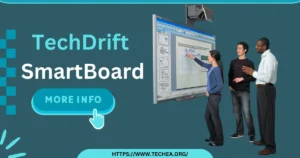
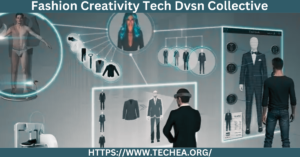
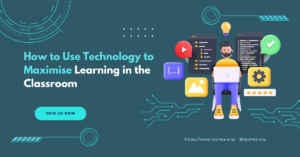

1 thought on “How to Use Technology to Maximise Learning in the Classroom”